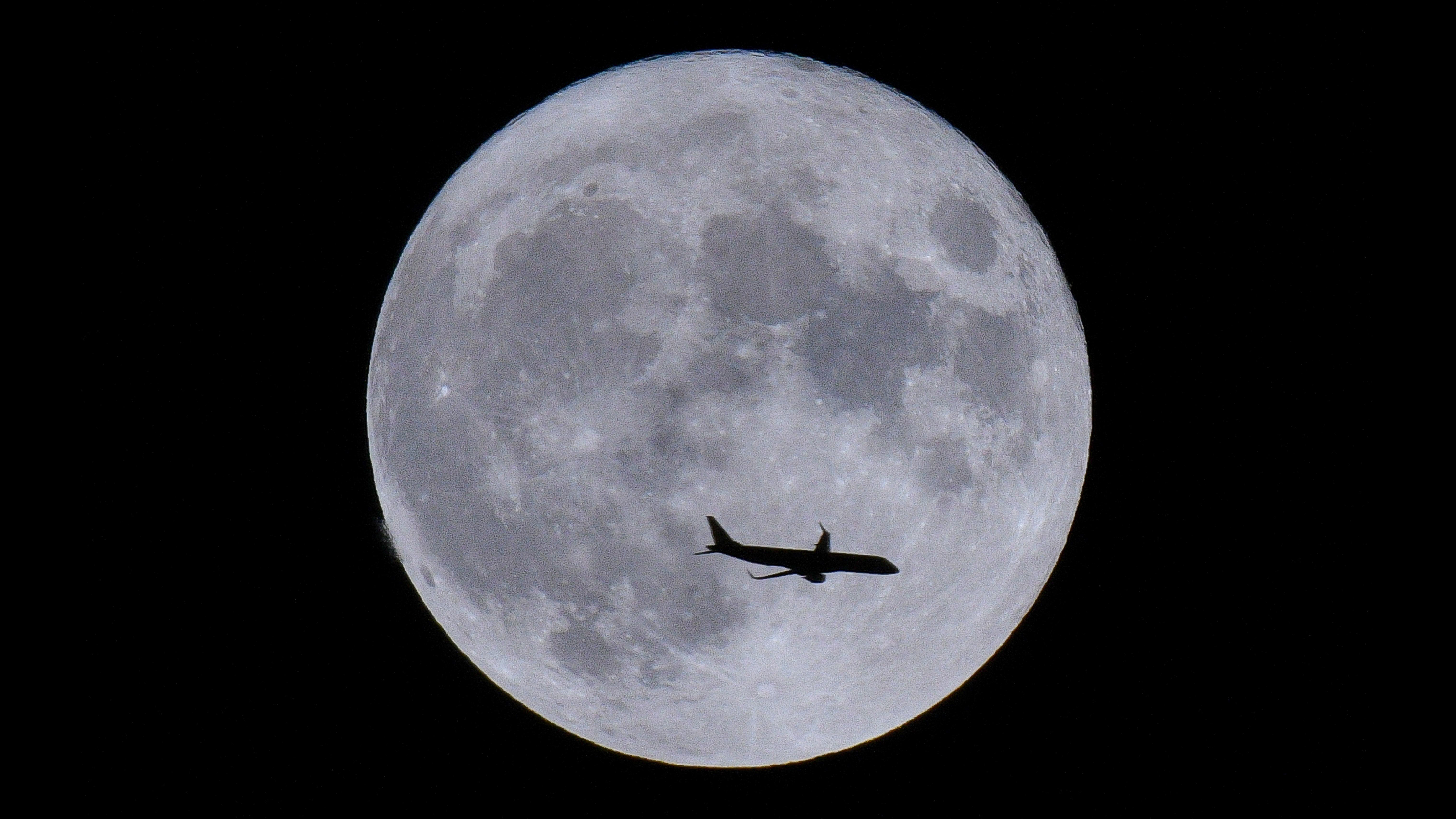The best cine lens for filmmakers: lenses designed specifically for videography
Here are the best cine lenses to fit your DSLR, mirrorless camera, or cinema camera, all designed purely for video
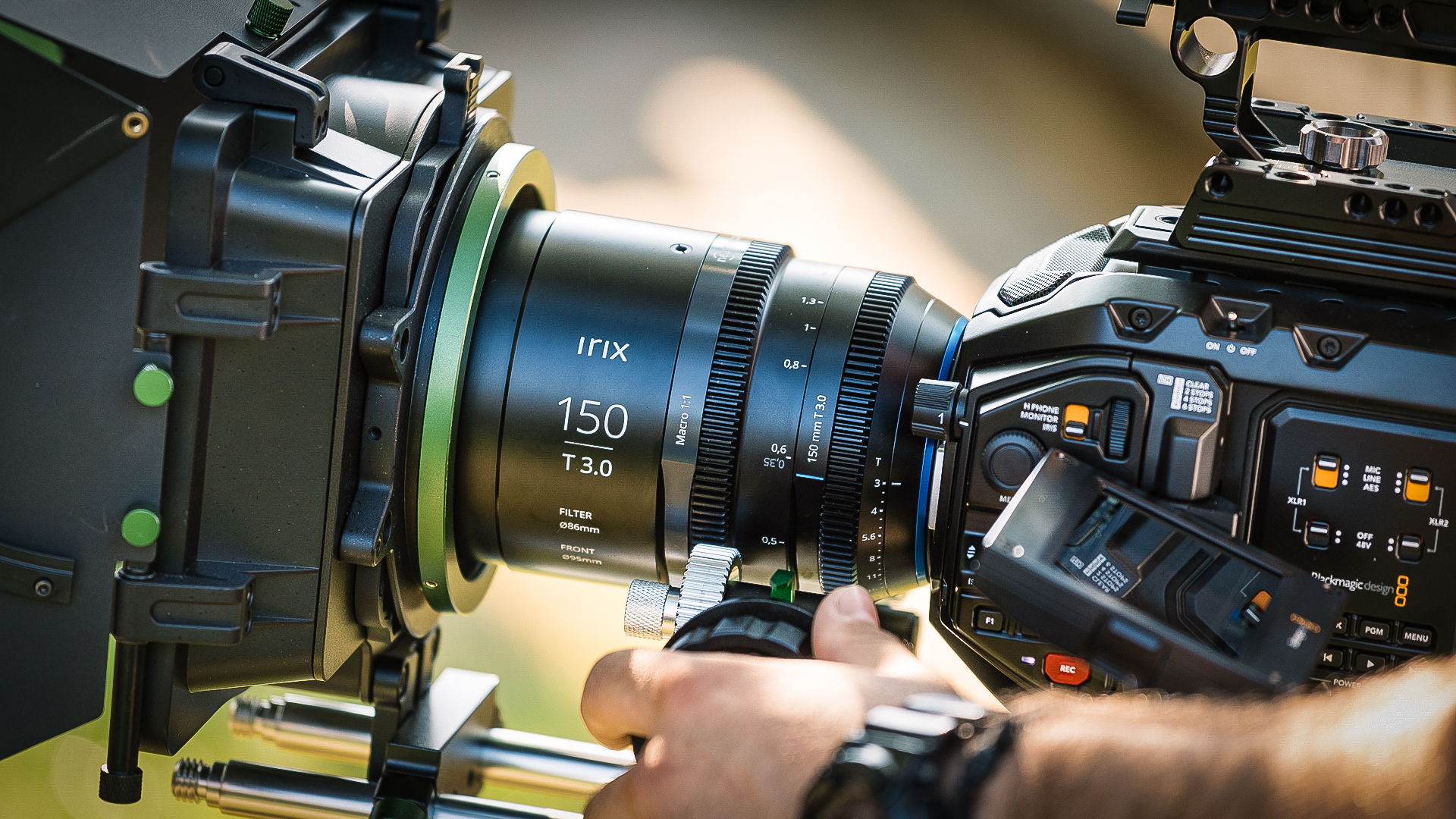
What do the best cine lenses have that regular lenses don't? If you’ve been brought up using modern photographic glass, then cine lenses might seem like a step back in time. No autofocus, no image stabilization, and often no electronic communication with the camera, so you have to set the desired aperture on the lens itself.
Indeed, the best cine lenses are typically much slower than their photographic cousins, thanks to their "slower" (or, in some cases, simply "more honest") maximum apertures – more on that in a moment.
Although you can use modern AF lenses on many of the best cinema cameras, and other cameras for filmmaking, a properly designed cine lens offers major advantages for filmmakers, who more often than not use manual focus.
Far from photographic optics, with their short focus throw and electronic fly-by-wire systems, cine lenses have a large focus rotation angle – more than double most stills lenses – for better control and greater ease of achieving critical focus. All-mechanical lens rings control the focus and aperture, and zoom – although primes far outweigh zooms in popularity for the best cine lenses.
The aperture (iris) ring is stepless and clickless, offering both greater precision and minimal vibration or noise as you alter settings. And instead of f-stops, cine lenses use the more accurate T-stops – which measure the actual light transmission as opposed to simply an equation (which means that some lenses labeled as, for example, f/1.4 don't actually transmit their billed amount of illumination to the sensor or film).
Cine lenses are made to work with follow focus rigs, so most have a 0.8M standard-sized gear pitch on the focus, zoom, and iris rings. Manufacturers try to design their lenses so these rings are in the same position on all their optics, making swapping much faster and easier. The front of the lenses are usually a consistent size to ensure they work with most standard matte boxes.
Many stills optics exhibit "lens breathing", so when you change the focus you also get a change in angle of view almost like you are zooming. The best cine lenses are designed to avoid this by using a different inner focus lens system. And most photographic lenses are not parfocal, meaning that the focal point shifts (and the image even skews) during zooming. Cine zooms are designed to suppress focus shifts and off-axis changes. So let's take a look at a range of the best cine lenses on offer today…
12 best cine lenses for filmmaking
Why you can trust Digital Camera World
Best cine lenses: Open mount
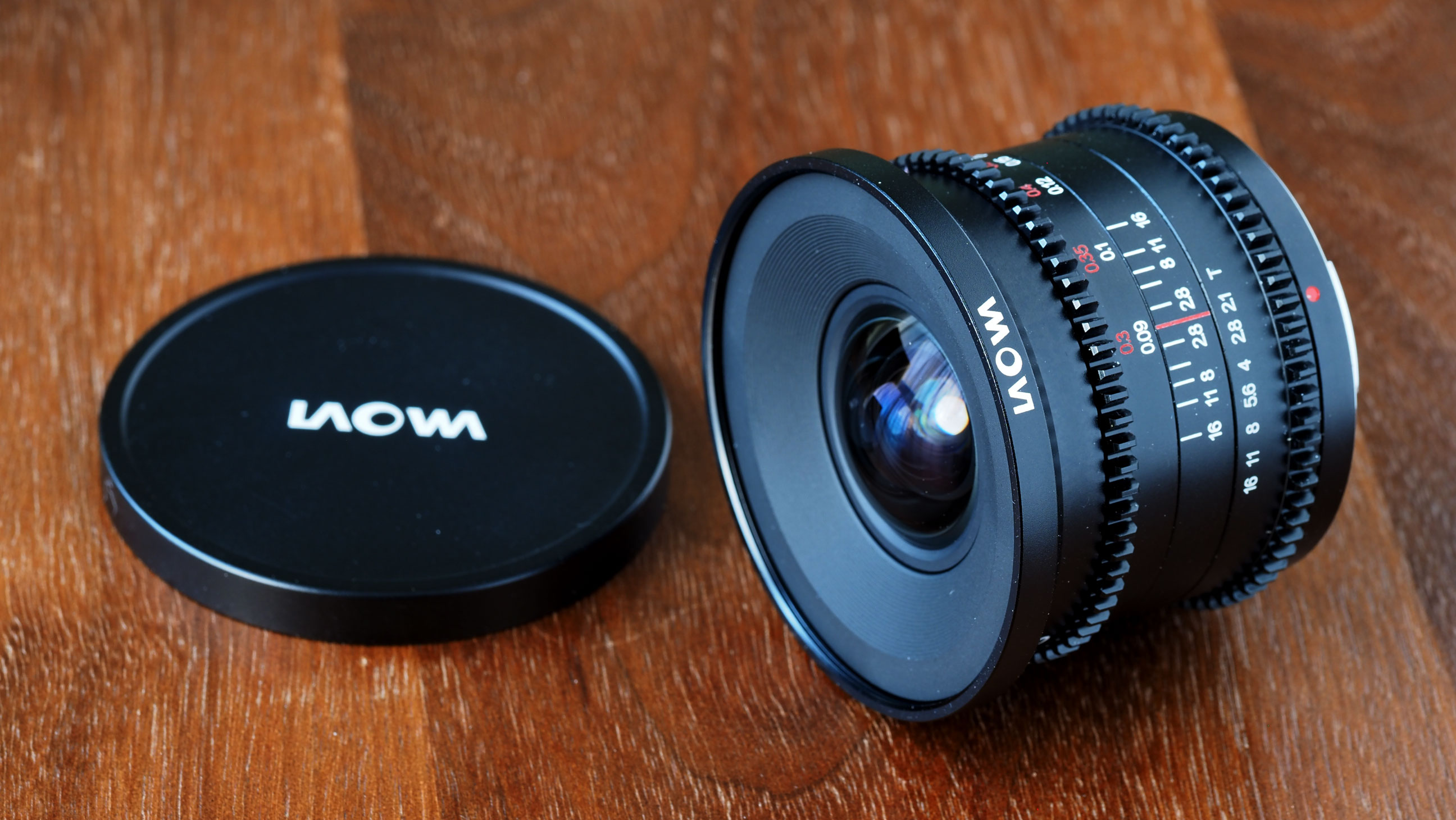
Specifications
Reasons to buy
Reasons to avoid
This is yet another stellar lens from Laowa, delivering excellent optical performance from a strikingly small and affordable design. Obviously, the manual focus design might not suit vloggers, run and gun shooters or street photographers (though the huge depth of field can help), but for more considered photography and video, it's a brilliant little optic.
And even though it's a cine lens, it's still perfectly usable for stills too. It uses old-school stop-down metering and viewing, so you get a live depth-of-field preview all the time and the camera's exposure system will automatically adapt to whatever aperture you set it to. Stills photographers might want to hang on just a little longer, though. Laowa has said that a stills version is on the way.
Read our full Laowa 6mm T2.1 Zero-D Cine review
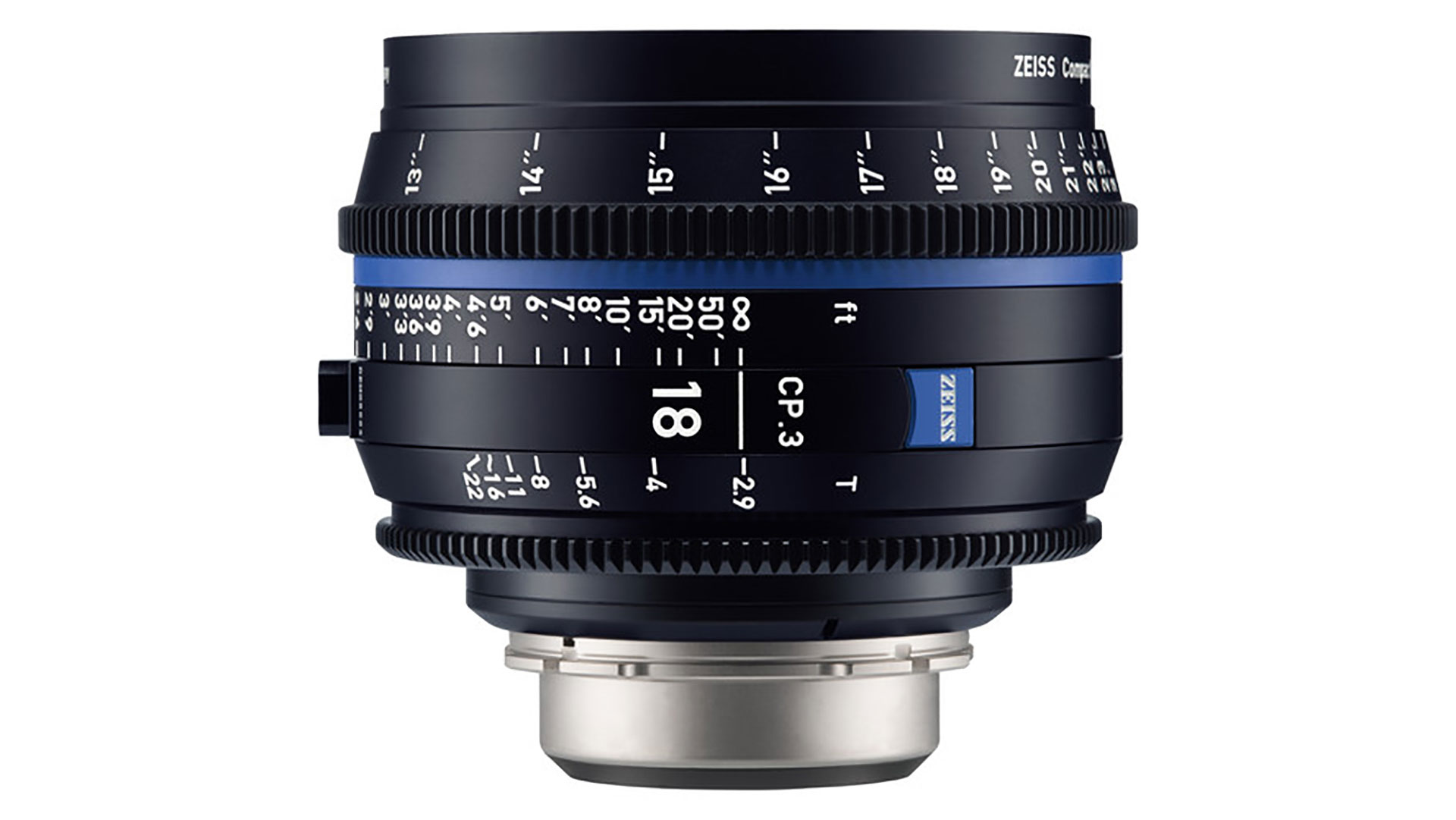
2. Zeiss Compact Prime CP.3 19mm T/2.9
Specifications
Reasons to buy
Reasons to avoid
Zeiss set the filmmaking world alight with the stunning quality and compact form of the Compact Prime CP.2 lenses more than a decade ago. But the newer CP.3 optics go one step further, with the same optical quality in most cases but in a far smaller body with improved mechanics and lens coatings.
However, the 18mm Compact Prime features an all-new optical design over the CP.2 and is an improved lens in every way. One feature handed down from the CP.2 lenses is the interchangeable mounts, allowing a user to swap lens mounts for a different fit.
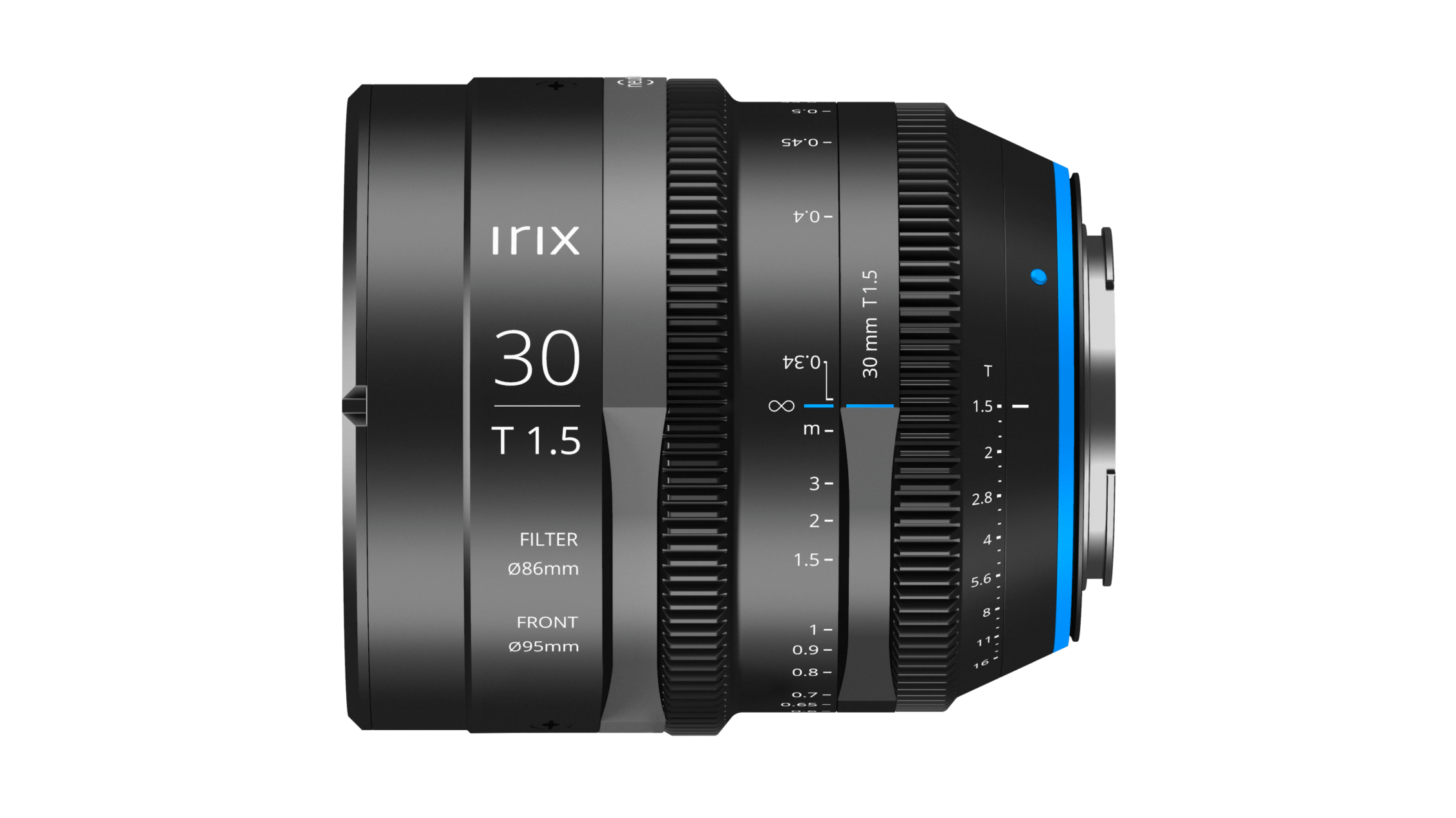
Specifications
Reasons to buy
Reasons to avoid
The Irix Cine 30mm T1.5 is a formidable cinema lens, both capable in performance and competitive in price. Offering great sharpness, weather sealing, well-controlled distortion and breathing, and an enviable T1.5 aperture for low light shooting and background blur, it packs all the punch of a premium cine lens but without the associated cost. Our lab tests reveal that it's a little soft wide open, but it's still more than sharp enough for crisp, detailed footage – and with the kind of bokeh it produces, we'll happily take a little hit in the sharpness stakes. Yet another home run for Irix's fledgling Cine line.
Read our full Irix Cine 30mm T1.5 review
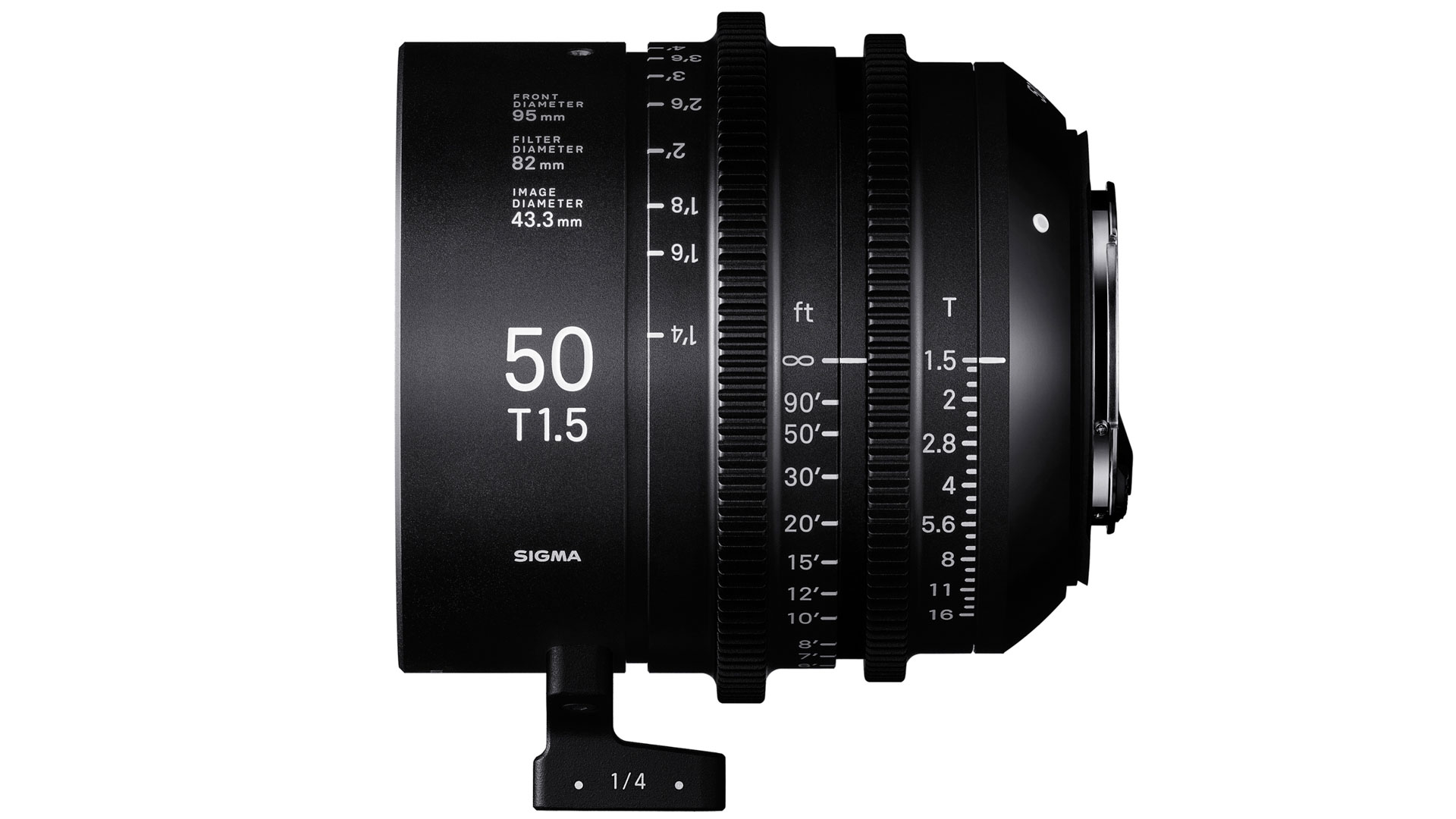
4. Sigma 50mm T1.5 FF High-Speed Prime
Specifications
Reasons to buy
Reasons to avoid
With 8K shooting here now, Sigma’s FF High-Speed Prime lenses are ready and capable of keeping up with the latest high-resolution cameras. This full-frame lens uses the optical design of Sigma’s fabled Art range of DSLR lenses, rehomed in a purpose-built cinema style body.
That includes using electronic contacts in the mount of Canon and Sony fit versions to provide lens data communication to the camera. The nine-bladed iris produces smooth bokeh, there is a clickless iris, industry-standard gear pitch, and a support foot is built into the water-resistant metal lens body. And the Canon EF and Sony E mount versions can be converted from one to the other by a Sigma service centre.
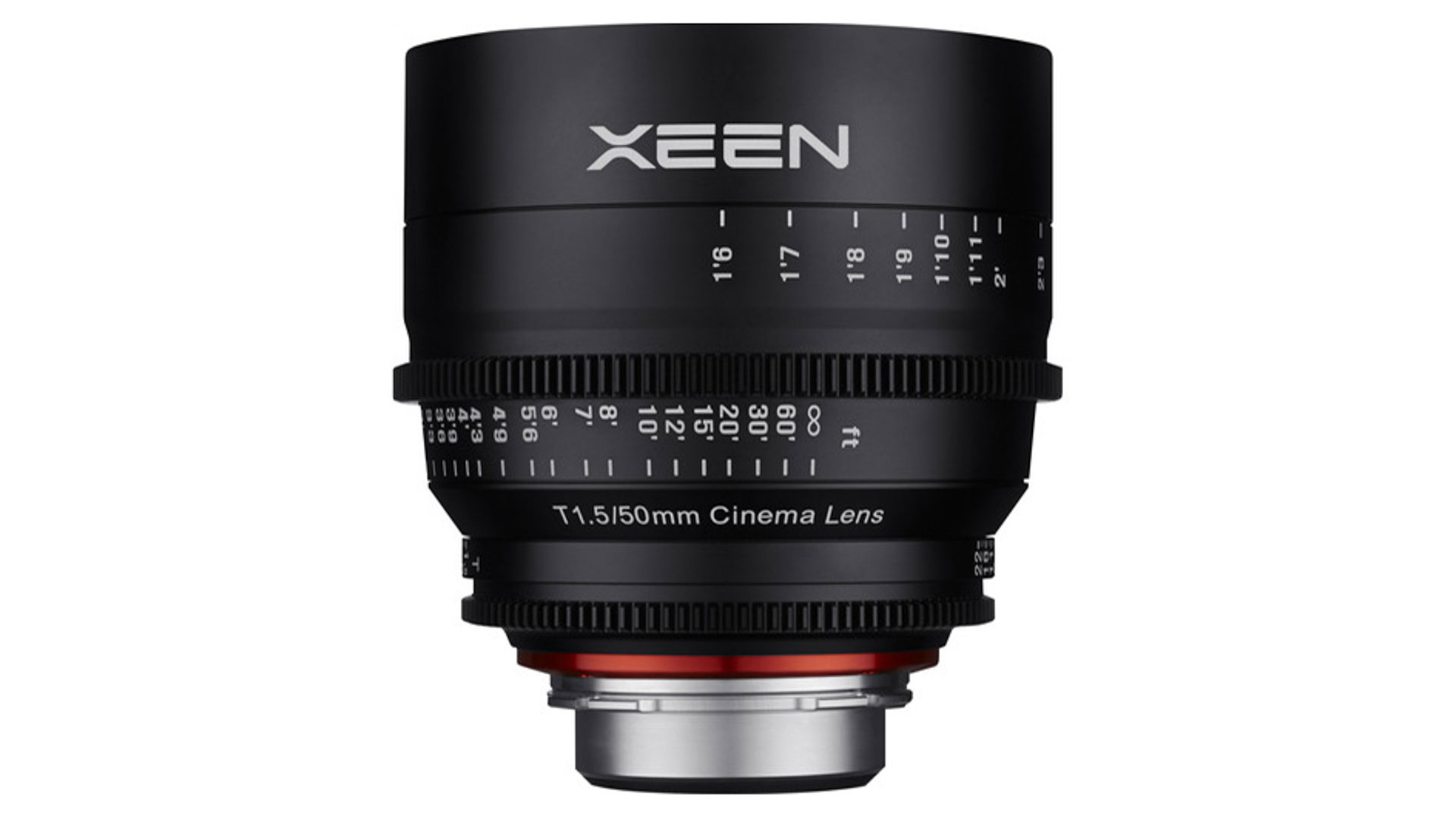
5. Samyang/Rokinon Xeen 50mm T1.5
Specifications
Reasons to buy
Reasons to avoid
Branded as Rokinon in some countries and Samyang in others, the Xeen 50mm T1.5 is built as a full-frame cinema lens rather than a modified stills lens. It has internal focus so that the lens does not change size while focusing.
It may be at the budget end but is multi-coated for sharp, flare-free images with consistent colour. The lens features dual sided focus and iris scales. The 11-bladed iris provides a rounded aperture for smooth bokeh. The 114mm front diameter allows for quick lens changes when using a matte box and focus accessories, while the focus ring is smooth and precise with just the right amount of feel.
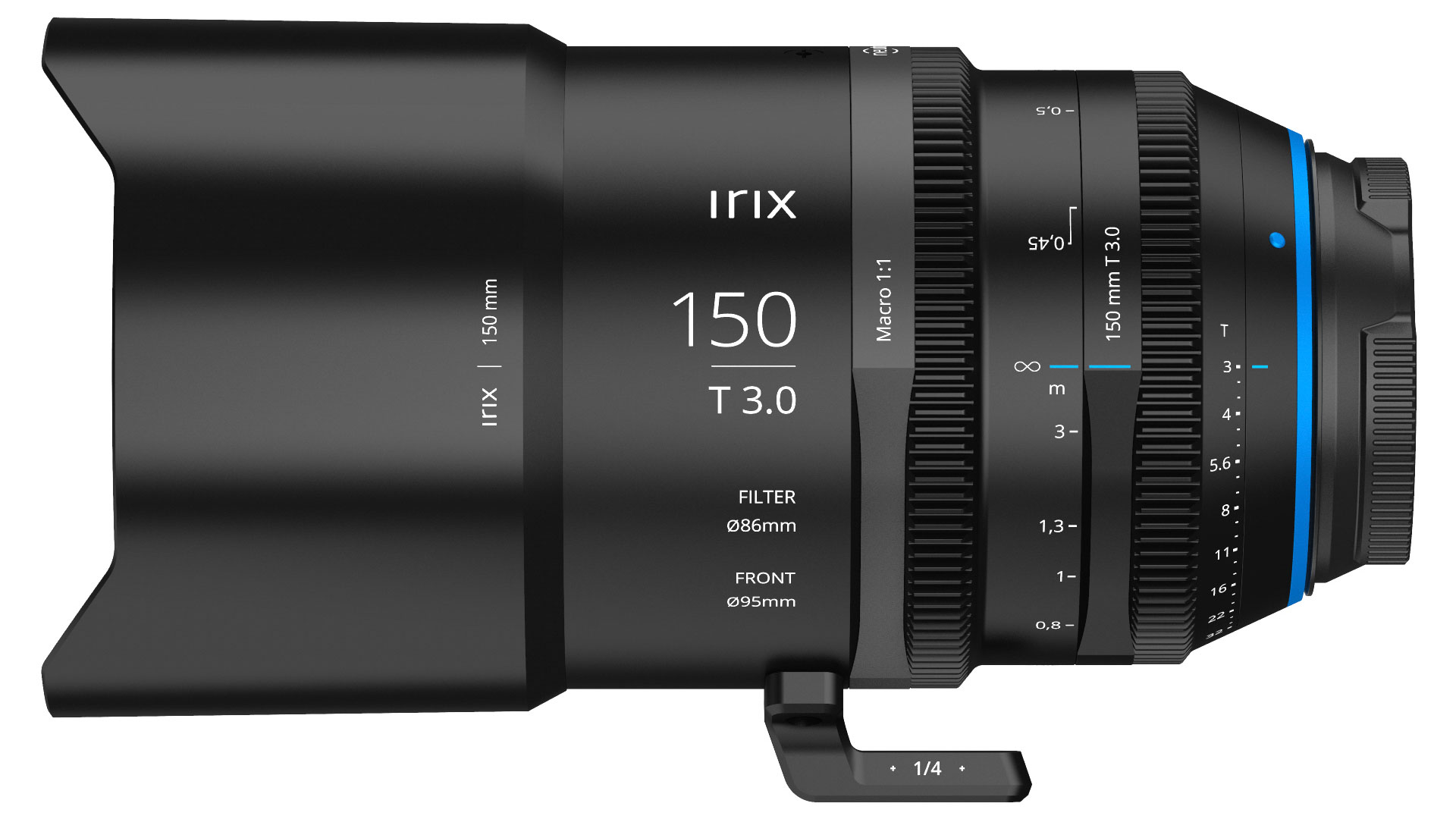
6. Irix 150mm T3.0 Macro 1:1 Cine lens
Specifications
Reasons to buy
Reasons to avoid
Irix is hitting the cine market with this 150mm T3.0 1:1 Macro which is based on its successful photo lens of the same focal length (the Irix 150mm f/2.8 Macro 1:1 Dragonfly). Designed in Europe but made in Korea, the build is top quality and there is a clever magnetically-attached lens hood.
If you want to use a cinema-style matte box, the front of the lens is the standard 95mm size. It’s the focal length and 1:1 Macro capability that makes this lens stand out. At 150mm on a full-frame camera, it’s a medium telephoto but on a Super35 cinema camera it’s into the real telephoto end.
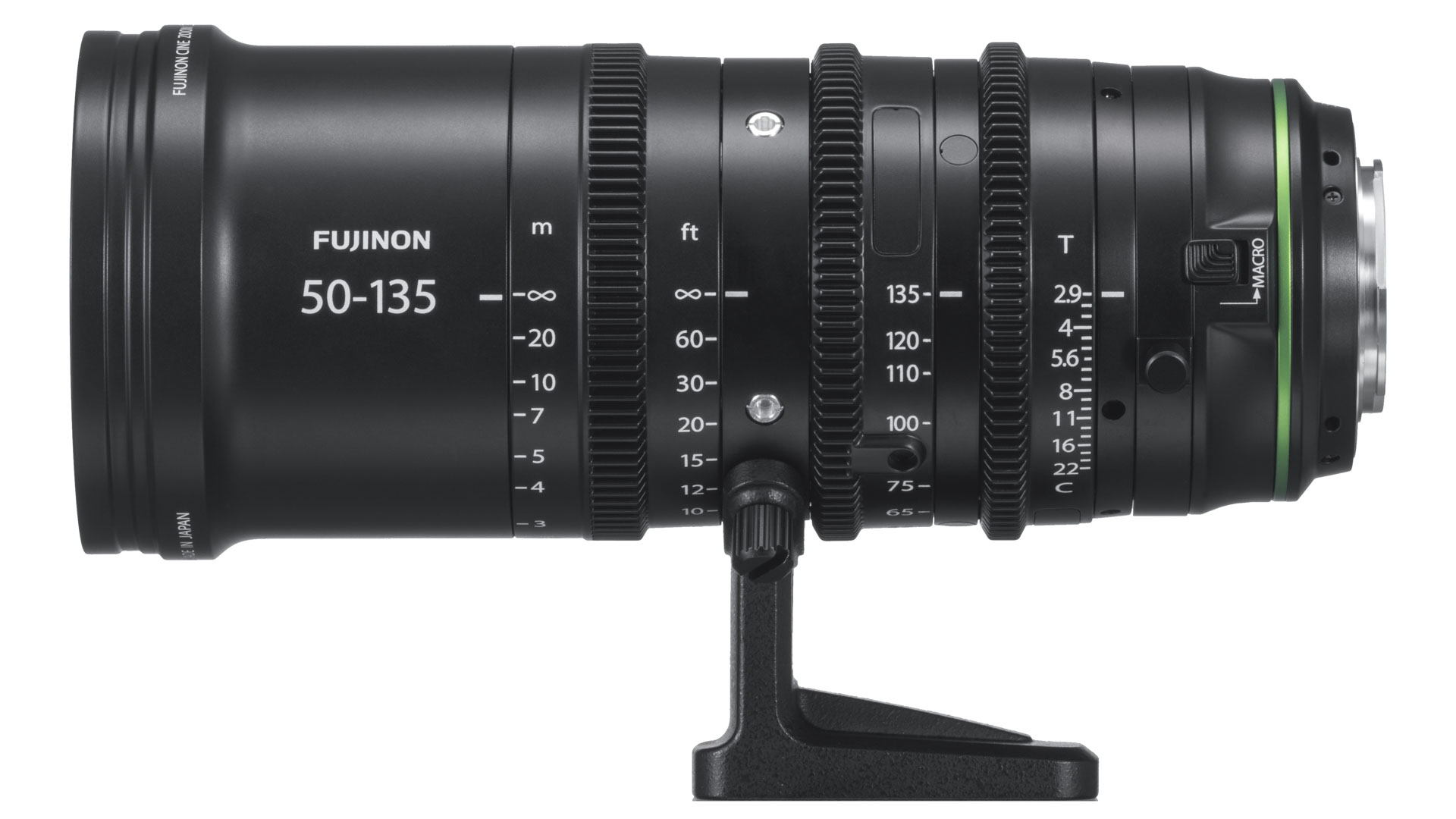
7. Fujinon MK50-135mm T2.9
Specifications
Reasons to buy
Reasons to avoid
Fujifilm has taken its know-how from its very high-end Fujinon cine lenses that are used worldwide to shoot feature films and reduced the weight, cost, and size to make them more suitable for smaller cameras.
The MK50-135mm features a consistent and very fast T/2.9 speed right through the whole zoom range and comes in the Sony E mount, Fujifilm X-mount, and MFT mounts, to fit Super35/ APS-C sized sensors only. The 50-135mm is a standout performer and offers a useful range, equivalent to 75-202mm. There is very low distortion and excellent optical performance right across the whole image through the zoom range.
Best cine lenses: Canon-only
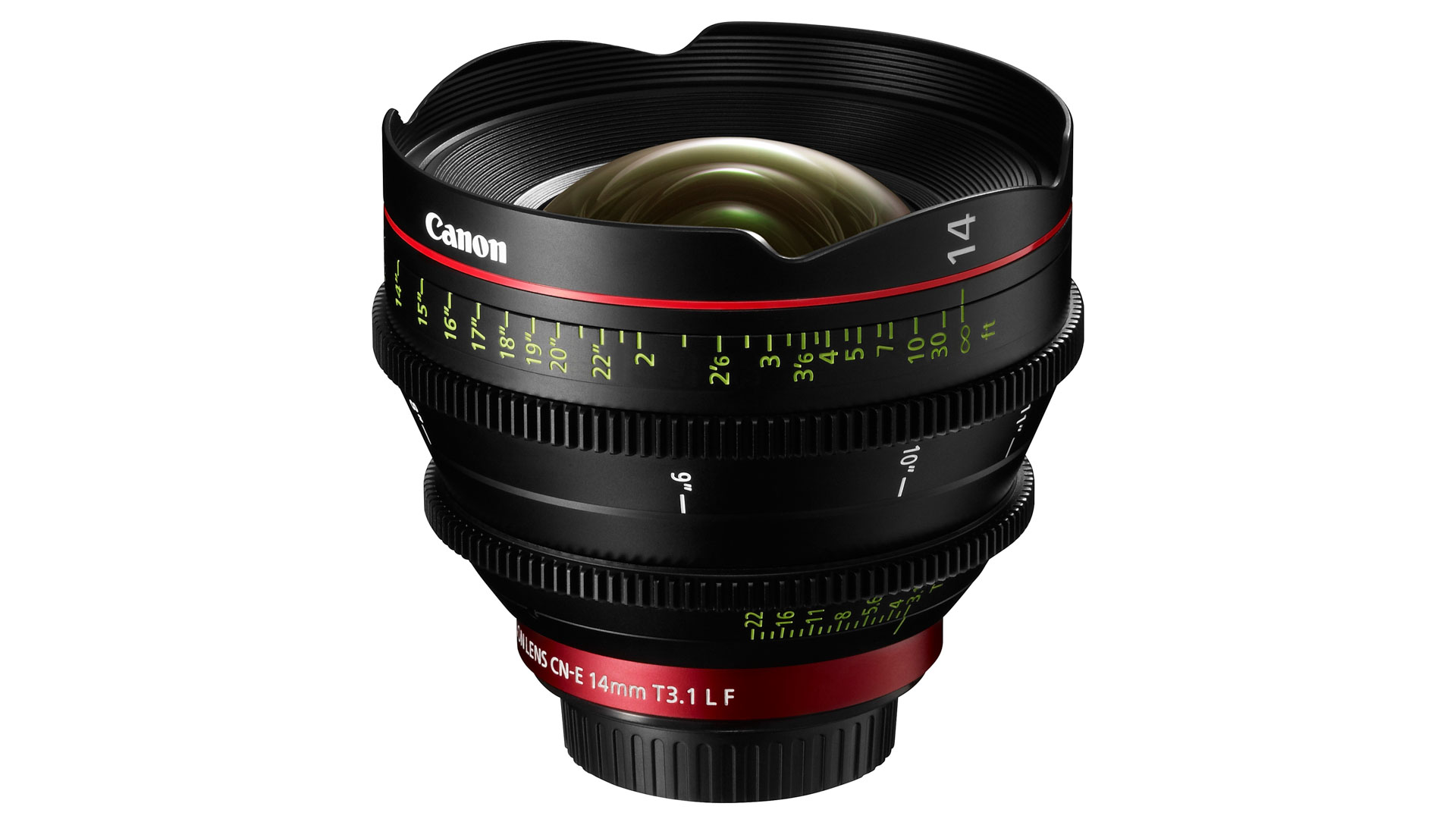
8. Canon CN-E 14mm T3.1 L F
Specifications
Reasons to buy
Reasons to avoid
Canon seems to have every base covered as far as cine lenses go. From servo-controlled AF optics for camcorders to Sumire primes for a vintage look that are surprisingly not available in Canon mount! But the CN-E range is the standard cine prime range that comes in EF mount for full-frame Canon DSLRs and cinema cameras.
This 14mm lens is the widest cine prime you can buy, with stunning sharpness and flare control. Unlike the rest of the CN-E range which all have a 105mm front filter thread, there’s none on the 14mm, so you have to use an external matte box.
Best cine lenses: Sony-only
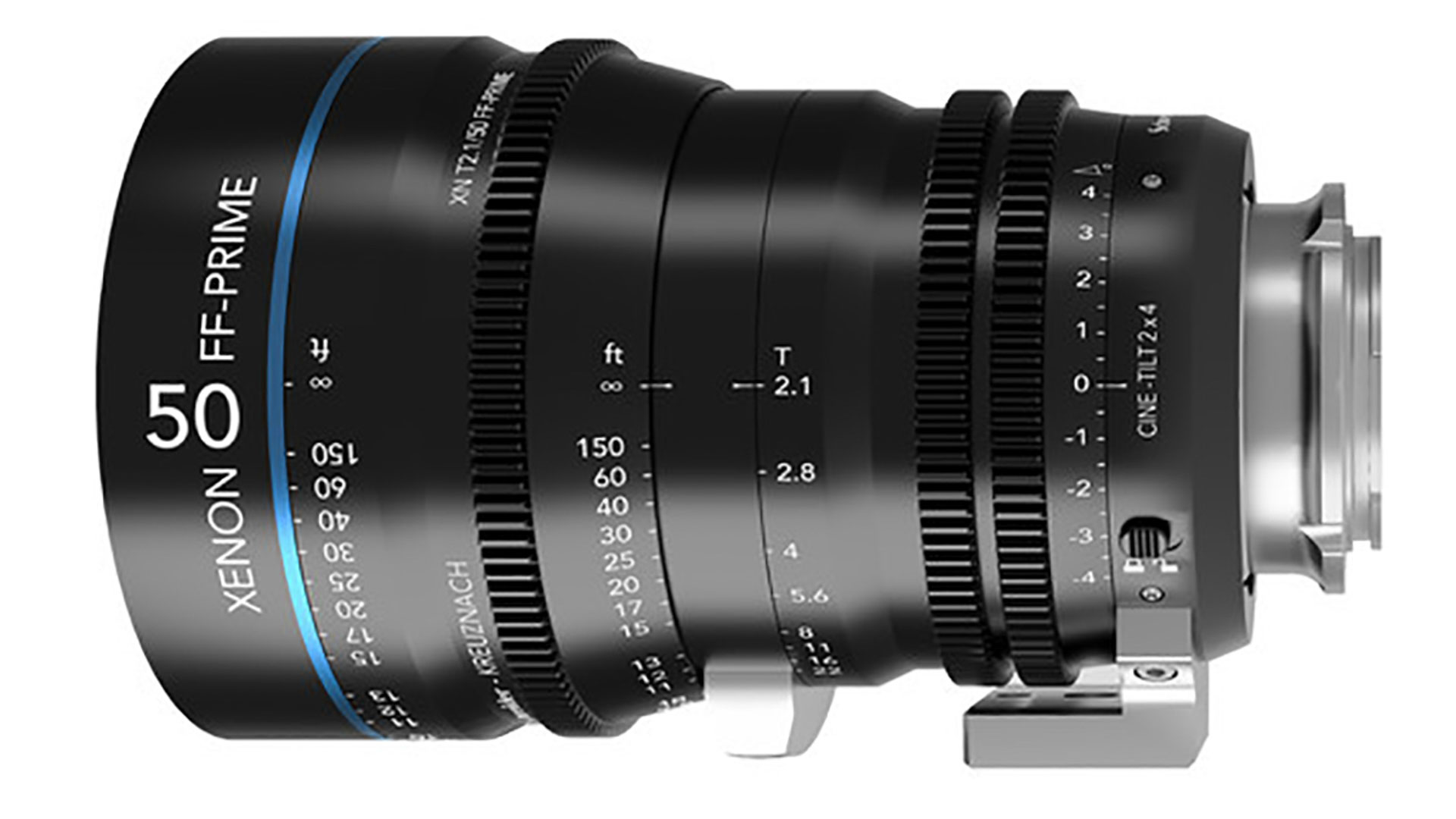
9. Schneider-Kreuznach Xenon FF-Prime Cine-Tilt 50mm T2.1
Specifications
Reasons to buy
Reasons to avoid
This top-quality German-made lens allows you to change the plane of focus of your image by tilting the lens plane by up to 4 degrees. Relatively common in tilt-and-shift lenses for stills cameras, it’s the first to bring tilt technology to relatively affordable cinema lenses.
When used without tilt, the lens has the same optical quality as Schneider’s conventional Xenon full-frame primes, with virtually no focus breathing and a bokeh designed to be reminiscent of classic Hollywood style thanks to its 14-bladed iris. It’s available as part of a Cine-Tilt set comprising focal lengths of 25mm, 35mm, 50mm, 75mm, and 100mm – all with T2.1 apertures.
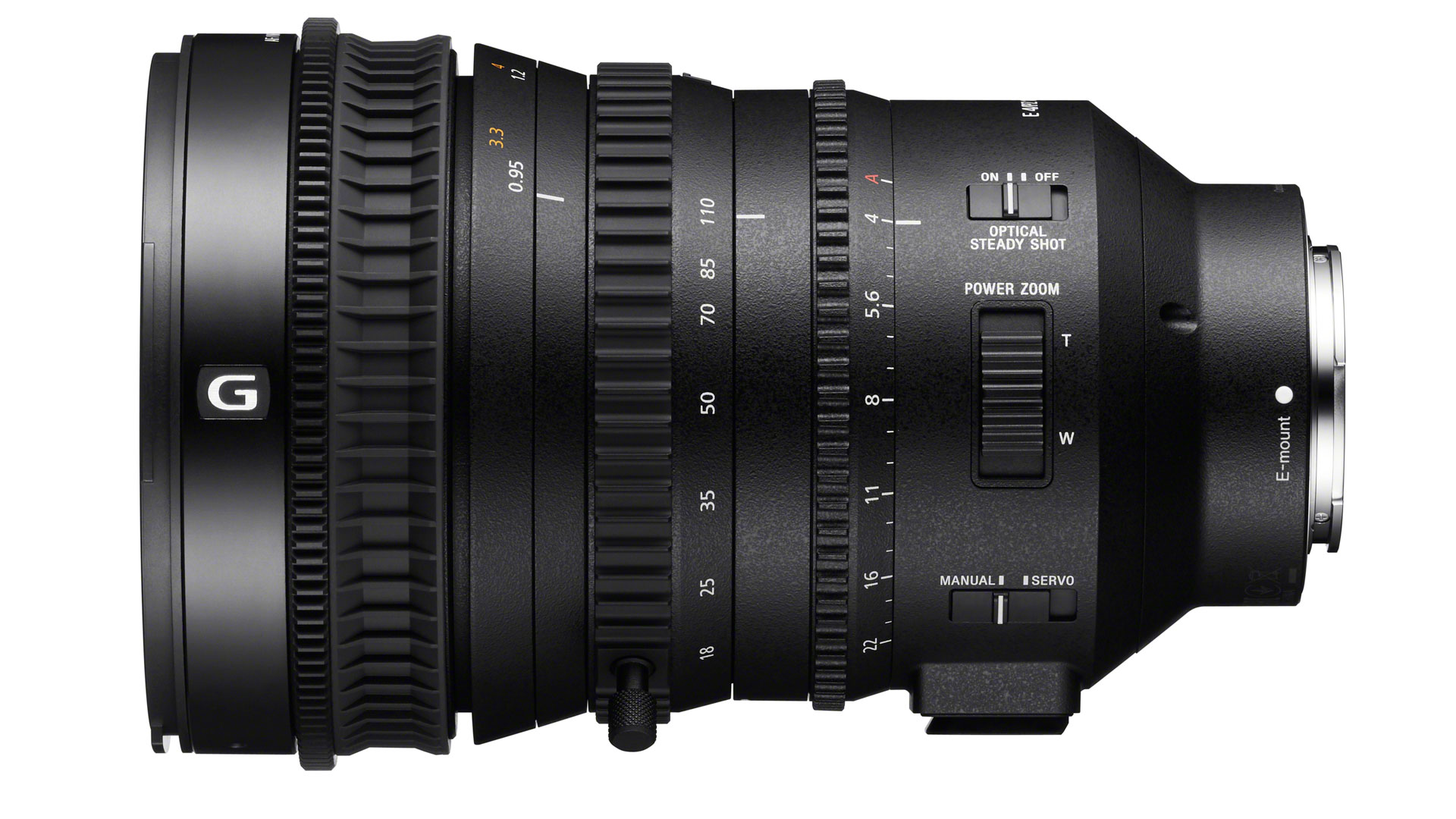
10. Sony E PZ 18-110mm F/4 G OSS
Specifications
Reasons to buy
Reasons to avoid
Proper cine lenses are all mechanical, with no autofocus, no image stabilization, and no powered zoom. But Sony’s E PZ 18-110mm F/4 G OSS breaks the mold as it has all those, yet is designed to work like an all-manual cine lens if you want it to.
It’s designed for the Super35-sized sensor of Sony’s cinema cameras and APS-C mirrorless but can be used on A7 series mirrorless cameras with a crop. The lens has separate focus, zoom, and iris rings. And the focus has built-in cinema-standard gearing for follow-focus compatibility. Zooming is either manual or by servo on a compatible camera.
Best cine lenses: Micro Four Thirds-only

11. Veydra 25mm T2.2 Mini Prime
Specifications
Reasons to buy
Reasons to avoid
If you choose a Micro Four Thirds camera like an Olympus or Panasonic, you don’t want to put a huge lens on the front, or else it’s all out of balance. Budget brand Veydra comes to the rescue with its range of MFT lenses like this Mini Prime 25mm T2.2 which is a standard focal length, equivalent to the field of view for a 50mm lens in full frame format.
The optics are sharp but can flare when provoked, which can be used for creative effects. Veydra lenses are built to last, using all-metal construction and multi-coated elements. The lens is hard to find, but the remarkably similar Meike 25mm T2.2 is a good and even-more-affordable replacement.
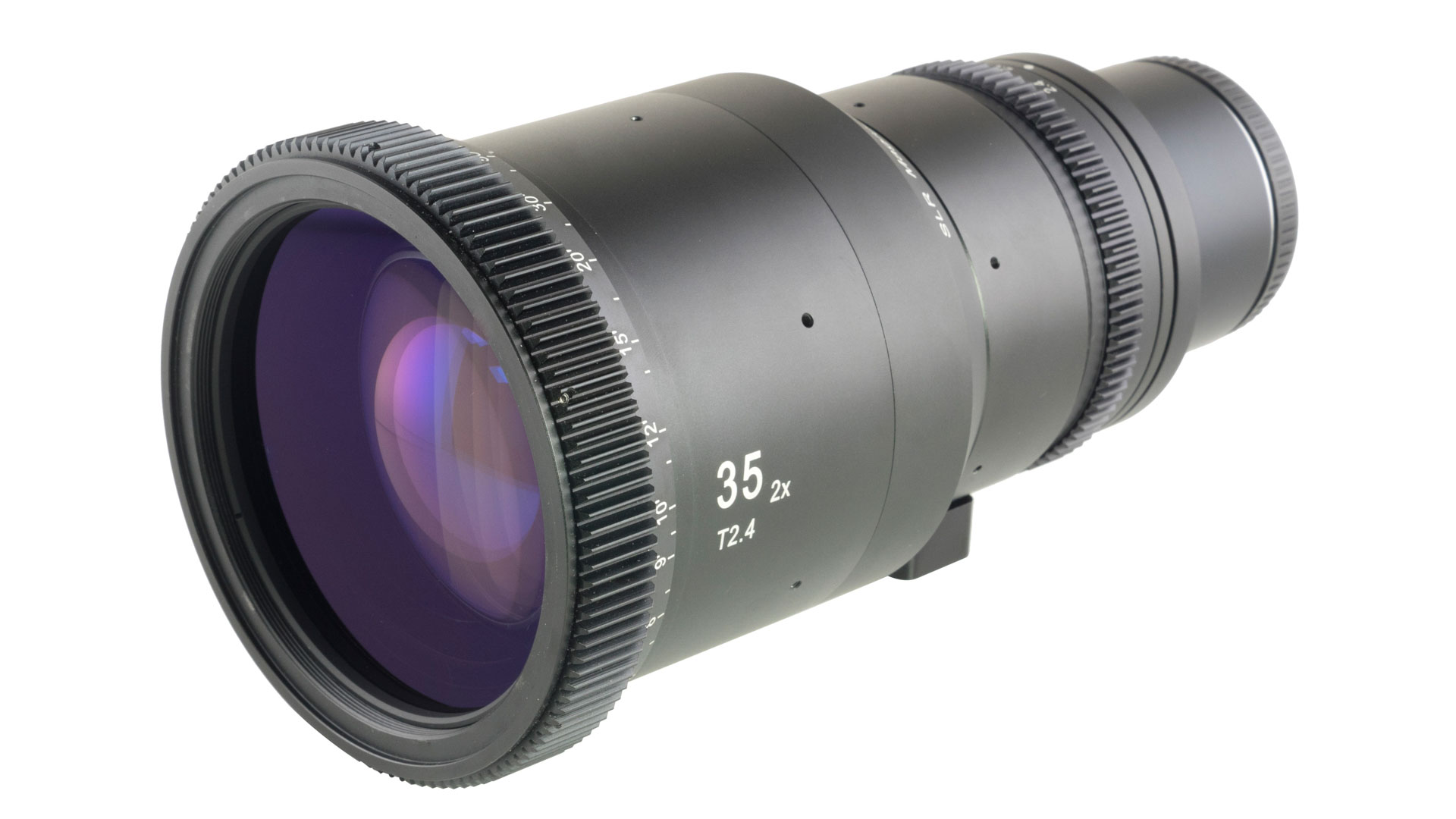
12. SLR Magic Anamorphot CINE 352XMFT T2.4
Specifications
Reasons to buy
Reasons to avoid
For a true widescreen cinematic effect, nothing comes close to the real 2.66:1 aspect ratio of CinemaScope. For this, you need an anamorphic rather than a regular spherical lens, and these have been astronomically expensive until now.
SLR Magic offers its Anamorphot CINE 352XMFT T2.4 lens which is a 35mm 2x anamorphic cine lens to fit MFT cameras. This lens allows you to record an image with a wider aspect ratio than your sensor's native aspect without cropping the image. It’s then ‘desqueezed’ using in-camera software or in post-processing for the full widescreen look with a real 2.66:1 aspect ratio.
Read more filmmaking guides
Best cinema cameras
Best 4K camera for filmmaking
Best video tripods
Best camera sliders
Best on-camera monitors and recorders
Best video editing software
Get the Digital Camera World Newsletter
The best camera deals, reviews, product advice, and unmissable photography news, direct to your inbox!

James has 22 years experience as a journalist, serving as editor of Digital Camera World for 6 of them. He started working in the photography industry in 2014, product testing and shooting ad campaigns for Olympus, as well as clients like Aston Martin Racing, Elinchrom and L'Oréal. An Olympus / OM System, Canon and Hasselblad shooter, he has a wealth of knowledge on cameras of all makes – and he loves instant cameras, too.
